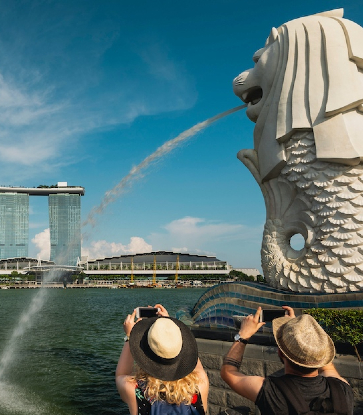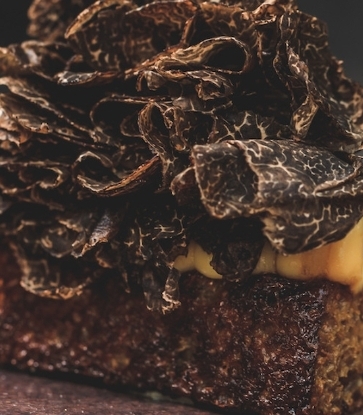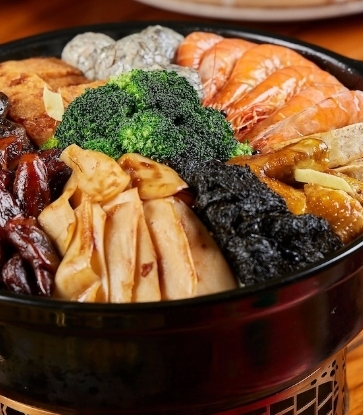One of my uncles worked as a fisherman in a small town, Pors Poulhan, located within the Finistère department, at the extreme end of Brittany. We would visit him every summer and he would, at times, bring my brother and I along to fish. He specialised in catching sea bass and lobsters (and I guess his influence is the reason why these two ingredients feature very often on my menu!) After a day of fishing, we would spend the evening cooking our catch of the day. The lobsters were usually cooked in a court bouillon, served with mayonnaise or salted butter, and accompanied with some pain de seigle for dipping. Sometimes he would deep-freeze the lobsters and save them for winter, when he would turn them into a hearty broth. The sea bass would be kept in the chiller for two to three days—to allow it to age a bit before cooking—so that the resulting texture is softer and much more tender. We usually pan-fry the seabass in salted butter and serve it with roasted summer potatoes, and it was one of my favourite dishes to have.

That said, I wasn’t unaware of the fact that line-fishing is not the norm, and that the fish most city folk eat are caught in a manner very different from the hook-and-line method. I realised it even when I was very young, because it was already very prevalent then and not something new—industrial fishing started over 40 years ago in a bid to cater to the high demand for fish in the cities.
I feel that while it is understandable as to why it is done, it is important that those engaged in industrial fishing do it responsibly, and not use destructive practices that damage the natural marine environment. There have been many cases of destructive practices in commercial fishing causing harm to marine life, and endangering many species of fish. In comparison, line-fishing is a more sustainable method as it is done on a much smaller scale and hence, does not result in any unwanted by-catch.

Commercial fishing methods—such as trawling—tend to produce relatively lower quality catch due to damage to the fish during the process, such as bruising. Prolonged storage—which negatively affects the texture and quality of the fish—is another reason why fish caught in bulk commercially are inferior to line-caught fish, which are fresher due to more delicate handling and preservation. Caught in small quantities, line-caught fish are also more thoroughly checked for their quality and condition by the individual fisherman, before they are preserved and sold to customers, while still fresh. It also gives more control over the size of the catch—if fishes are too small (ie. immature), the fisherman will release them back into the sea directly.

Is the onus on the chef or the diner to make a responsible choice? Both have a part to play.






















